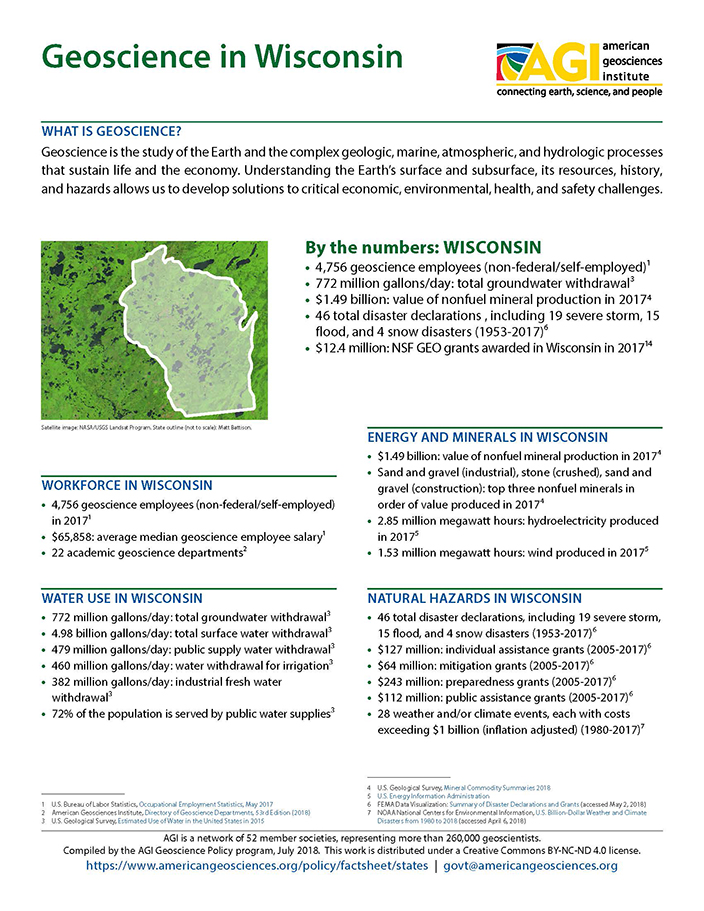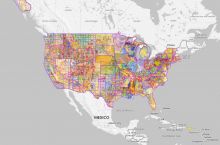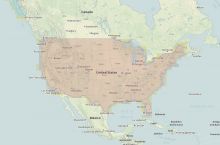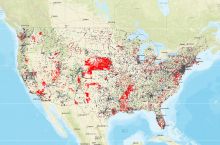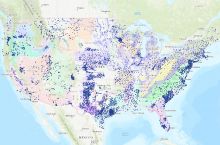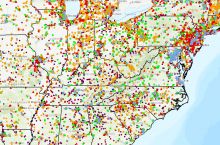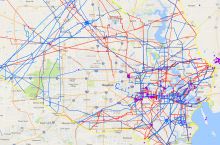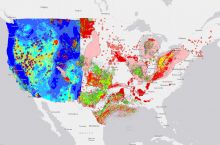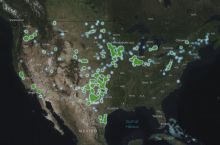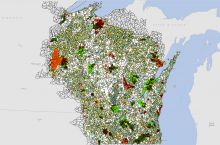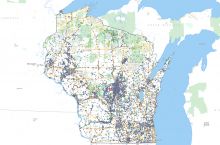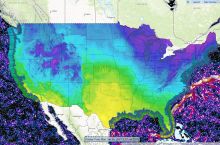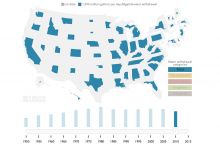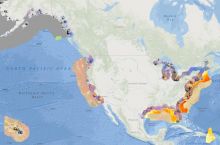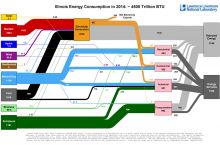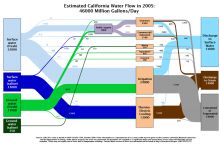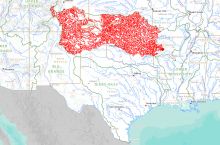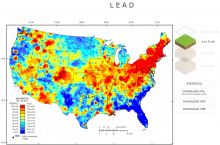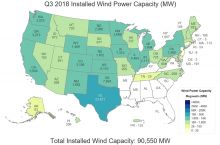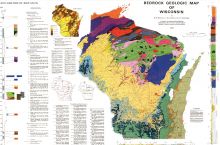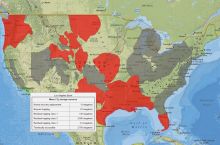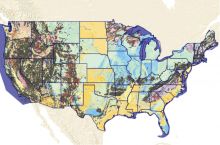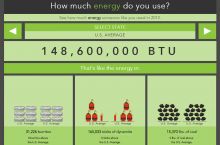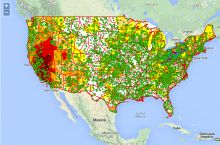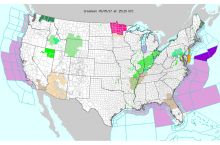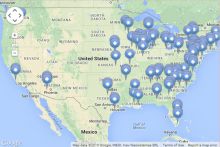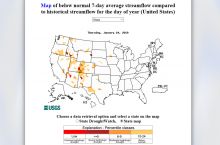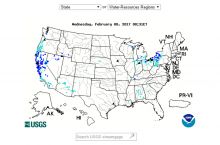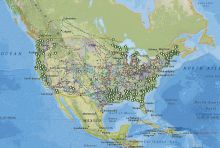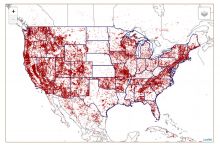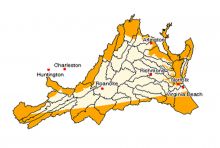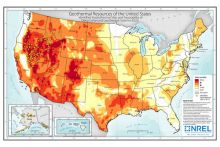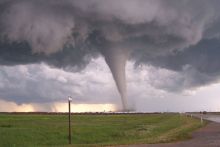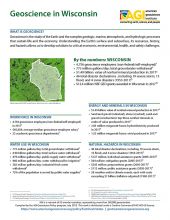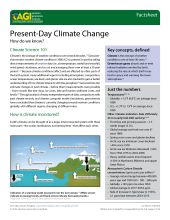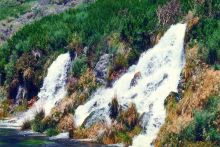By the numbers: Wisconsin
- 4,756 geoscience employees (excludes self-employed)1
- 772 million gallons/day: total groundwater withdrawal3
- $1.49 billion: value of nonfuel mineral production in 20174
- 46 total disaster declarations , including 19 severe storm, 15 flood, and 4 snow disasters (1953-2017)⁶
- $12.4 million: NSF GEO grants awarded in Wisconsin in 2017...
Agencies Working on Geoscience Issues in wisconsin
To protect and enhance our natural resources (our air, land and water; our wildlife, fish and forests; and the ecosystems that sustain all life). To provide a healthy, sustainable environment and a full range of outdoor opportunities. To ensure the right of all people to use and enjoy these resources in their work and leisure. To work with people to understand each other's views and to carry out the public will. And in this partnership consider the future and generations to follow.
Wisconsin Emergency Management (WEM) coordinates effective disaster response and recovery efforts in support of local governments.
The Wisconsin Geological & Natural History Survey conducts earth-science surveys, field studies, and research. We provide objective scientific information about the geology, mineral resources, water resources, soil, and biology of Wisconsin.

